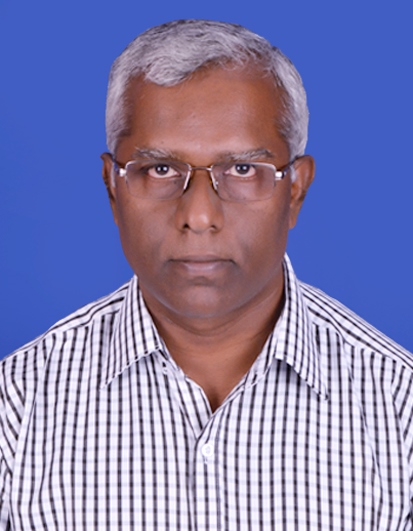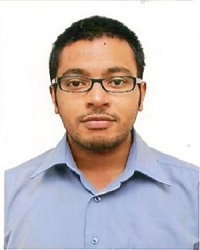Course abstract
Accurately predicting the behaviour of electromagnetic systems is a key element in developing novel applications. Computational electromagnetics is an interesting domain bridging theory and experiment. This course is for people who are interested in deepening their knowledge about modelling electromagnetic systems and who wanted to build a strong foundation in the underlying physics. In addition to important modelling techniques widely used for electromagnetic applications, we will also introduce algebraic topology based modelling method which is not widely known to engineering community. The course is targeted at students and researchers from science, engineering and applied mathematics background who wanted to understand the dynamics of electromagnetic systems. People working in R&D in industries will also benefit from this course. We also use simulations to explain some of the underlying physics and mathematics.
Course Instructor

Prof. Krish Sankaran
Dr. Krish Sankaran is the Founder of Prajnalaya, a Swiss-based early-stage venture working in the domain applied electromagnetics, energy storage and water desalination technologies. Starting February 2016, he is visiting Indian Institute of Technology - IIT Bombay as an Associate Professor in the department of electrical engineering. He has worked in all three sectors - government, civil and private - including the European Commission, World Economic Forum, ABB, Alstom. Past industrial engagements include senior management roles in business development and operations (50-60 Million EUR revenue) with profit and loss responsibilities in 8 countries and 3 continents. During 2011-2014, he was the Head of the Business Sector and Knowledge Partnerships at the World Economic Forum (WEF) and he was also selected as a Global Leadership Fellow. At the WEF, he advised governments on various public policy and governance challenges in energy and infrastructure sectors. He has developed unique insights into policy development processes. He has deviced policy simulation frameworks which are very helpful to plan scenarios for leaders in governments, businesses and civil societies. In Fall 2012, he was invited as an adjunct professor in Columbia University, New York city. He received doctorate degree in engineering science from the Swiss Federal Institute of Technology ETH Zurich, Switzerland, an executive master degree in organizational leadership jointly from the Wharton School, Columbia University, INSEAD, and London Business School in collaboration with the World Economic Forum. He has several years of training in Vedanta philosophy. Further information: www.linkedin.com/in/drksankaranMore info
Teaching Assistant(s)
Course Duration : Jul-Oct 2016
View Course
Syllabus
Enrollment : 23-May-2016 to 18-Jul-2016
Exam registration : 25-Jul-2016 to 20-Sep-2016
Exam Date : 16-Oct-2016, 23-Oct-2016
Enrolled
1912
Registered
43
Certificate Eligible
27
Certified Category Count
Gold
1
Elite
10
Successfully completed
16
Participation
6
Legend
>=90 - Elite + Gold
60-89 - Elite
40-59 - Successfully Completed
<40 - No Certificate
Final Score Calculation Logic
- Assignment Score = Average of best 9 out of 12 assignments.
- Final Score(Score on Certificate)= 75% of Exam Score(50% of Exam Score + 25% of timed-simulated assignment)+25% of assignment score
- Exam score has been moderated by the faculty
Exam score
Final score

.jpg)
.jpg)
.jpg)

